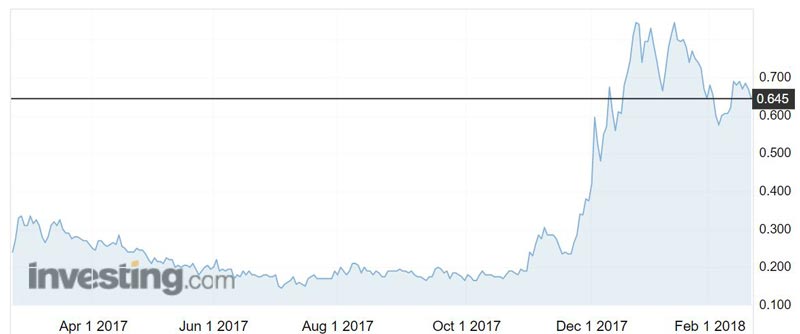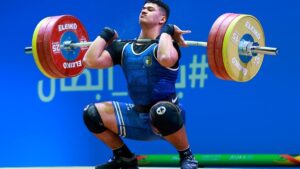Analyst urges caution on cobalt and lithium supply despite battery demand

Pic: Schroptschop / E+ via Getty Images
Cobalt continues to hold the title of the best-performing battery metal because it’s a critical component of lithium ion batteries and it’s difficult to get.
The Patersons Securities cobalt index has gained 145 per cent — and the cobalt price 70 per cent — over the past 12 months.
Ninety-eight per cent of the world’s cobalt is the by-product of nickel and copper production and 60 per cent comes from the Democratic Republic of Congo, which has been blacklisted by some end-users over ethical issues surrounding the mining of the commodity.
Australia has the second highest reserves of cobalt.
“Battery manufacturers are trying to secure it, but they have had difficulty,” Patersons senior resources analyst Simon Tonkin told delegates at the RIU Explorers Conference in Fremantle, Western Australia this week.
“BMW tried to secure a lot of cobalt in late 2017 but the producers failed to come to an agreement.

“Certainly some of the cobalt players in Australia have got significant value in their share prices. However, investors should be cautious because cobalt can sometimes be difficult to recover.”
Demand for cobalt and other battery metals is expected to increase exponentially over the next 10 years amid rising demand for batteries and electric vehicles.
‘Convoluted’ supply chain
Cobalt Blue Holdings (ASX:COB) chief Joe Kaderavek says the cobalt supply chain is a “convoluted, high-cost chain” that needs new players.
“Traditionally mines have sold that by-product to a refinery chain and until the large growth in lithium ion batteries, most of that was converted into metallurgical purposes,” he told delegates.
“With more and more chemical demand, particularly lithium ion batteries, that was then handed over to a chemical refinery to ultimately make an oxide or sulphate.”
But Mr Kaderavek says the process is costly and inefficient.
“From a processing point of view, to convert a cobalt concentrate all the way to a metal then deconstruct it all the way back to a salt for ultimately selling into the battery industry, is like saying let’s go 10 paces forward, 8 paces back,” he said.
“It’s high-cost, it’s inefficient and it’s ripe for a new entrant and that’s the focus of Cobalt Blue.”
Cobalt Blue, the only primary cobalt play listed on the ASX, wants to make battery-ready cobalt sulphate.

“The uplift for us is significant because rather than getting paid 20c to 30c in the dollar for the contained cobalt, which is the relationship the traditional mine has with refineries, we’re looking to get paid at a premium to the cobalt price — approximately 105 per cent based on the purity of the cobalt sulphate supply,” Mr Kaderavek said.
“So what we’re doing is disrupting the mine to battery supply chain.”
Cobalt Blue has already made its first commercial battery-grade product and is shipping that to potential battery-making partners in Asia.
The company’s share price rocketed 535 per cent between July and December last year to a 52-week high of 89c.
The shares have since edged back to around 65c.
Lithium also on the rise
Meanwhile, the Patersons lithium index has gained 69 per cent over the past 12 months and the lithium price is up around 30 per cent.
“Our view on lithium is with the emergence of electric vehicles, we’re going to see a significant increase demand as soon as the mid-2020s,” Mr Tonkin said.
“However, in the short-term, we could see supply outstrip demand as the spodumene producers ramp up.”
While Chilean heavyweight SQM is planning to ramp up production four-to-sixfold to meet rising demand from the electric vehicle market, Mr Tonkin doesn’t believe it will happen quickly.
“We think this is likely to take years to eventuate and will be at a significantly higher cost than current production, making it less competitive,” he said.
UNLOCK INSIGHTS
Discover the untold stories of emerging ASX stocks.
Daily news and expert analysis, it's free to subscribe.
By proceeding, you confirm you understand that we handle personal information in accordance with our Privacy Policy.








